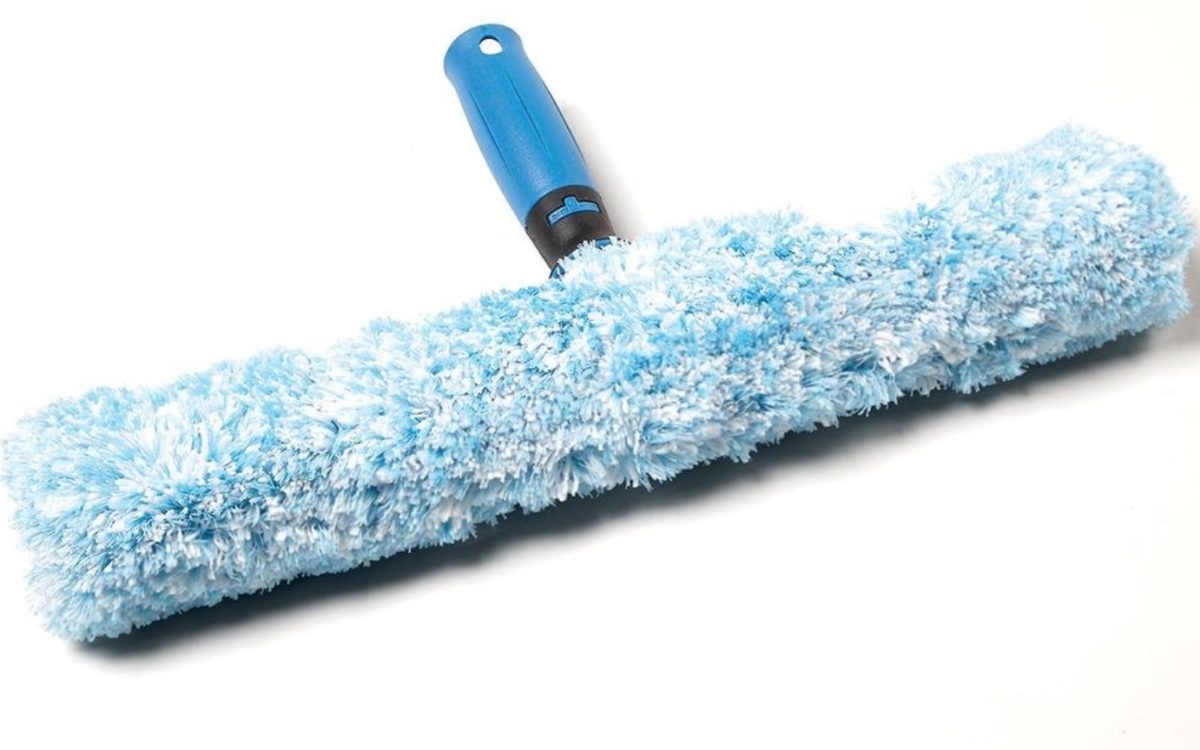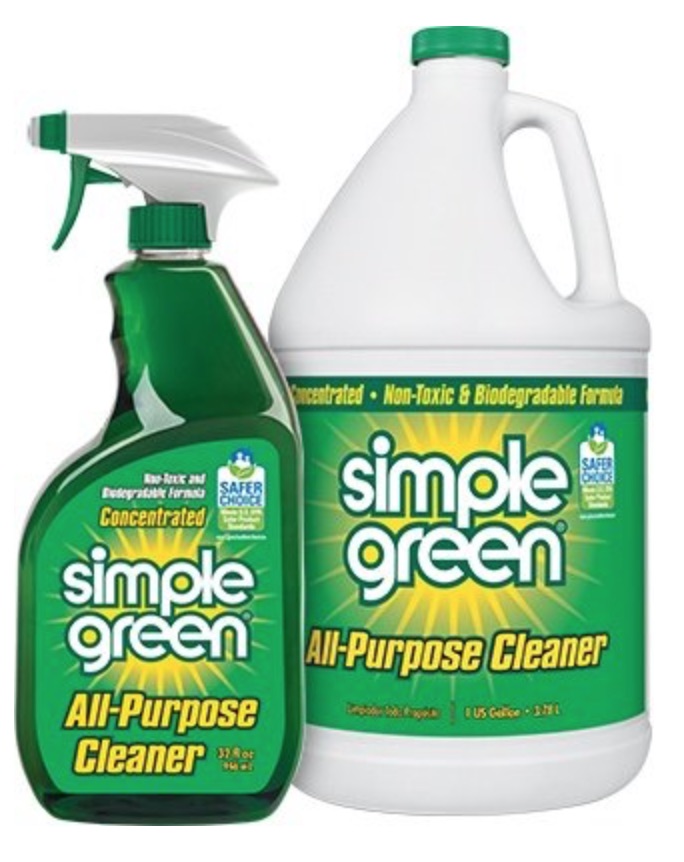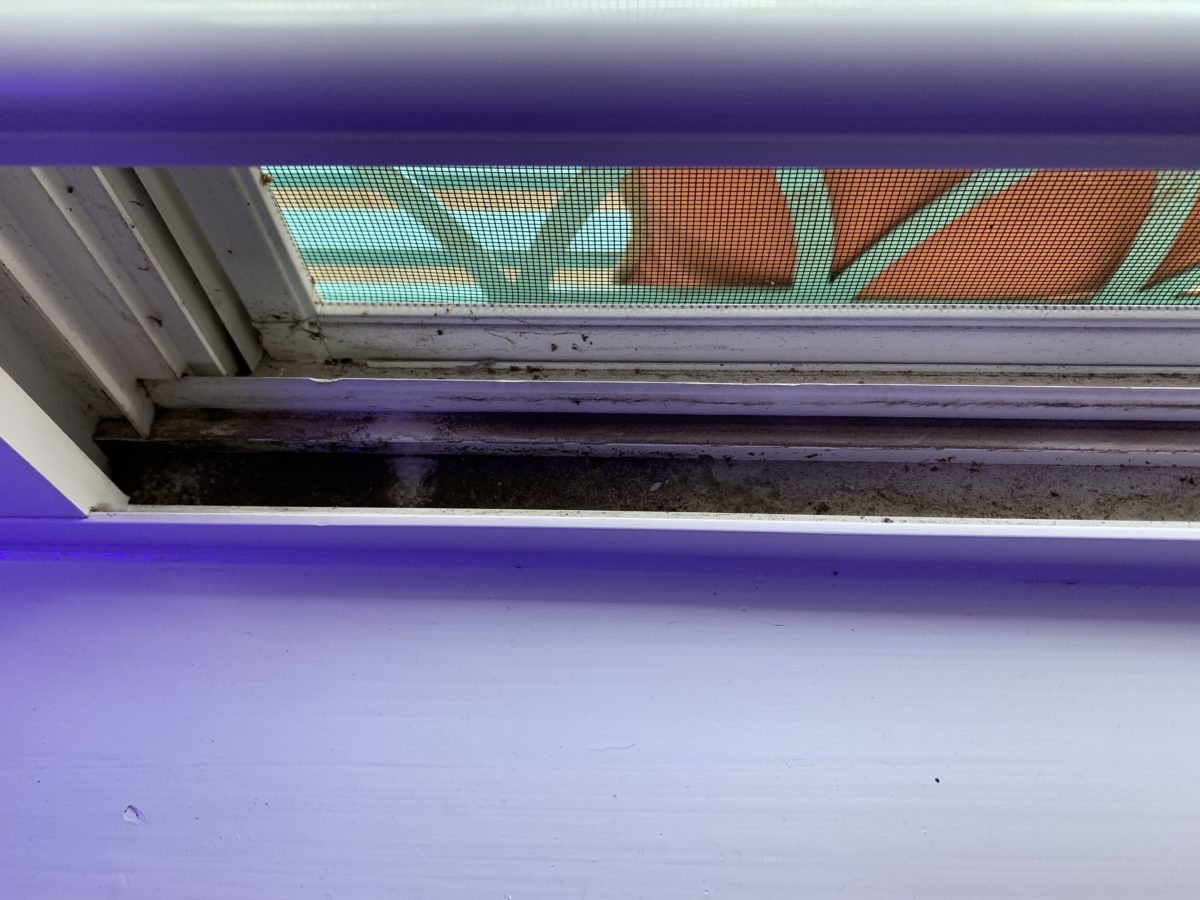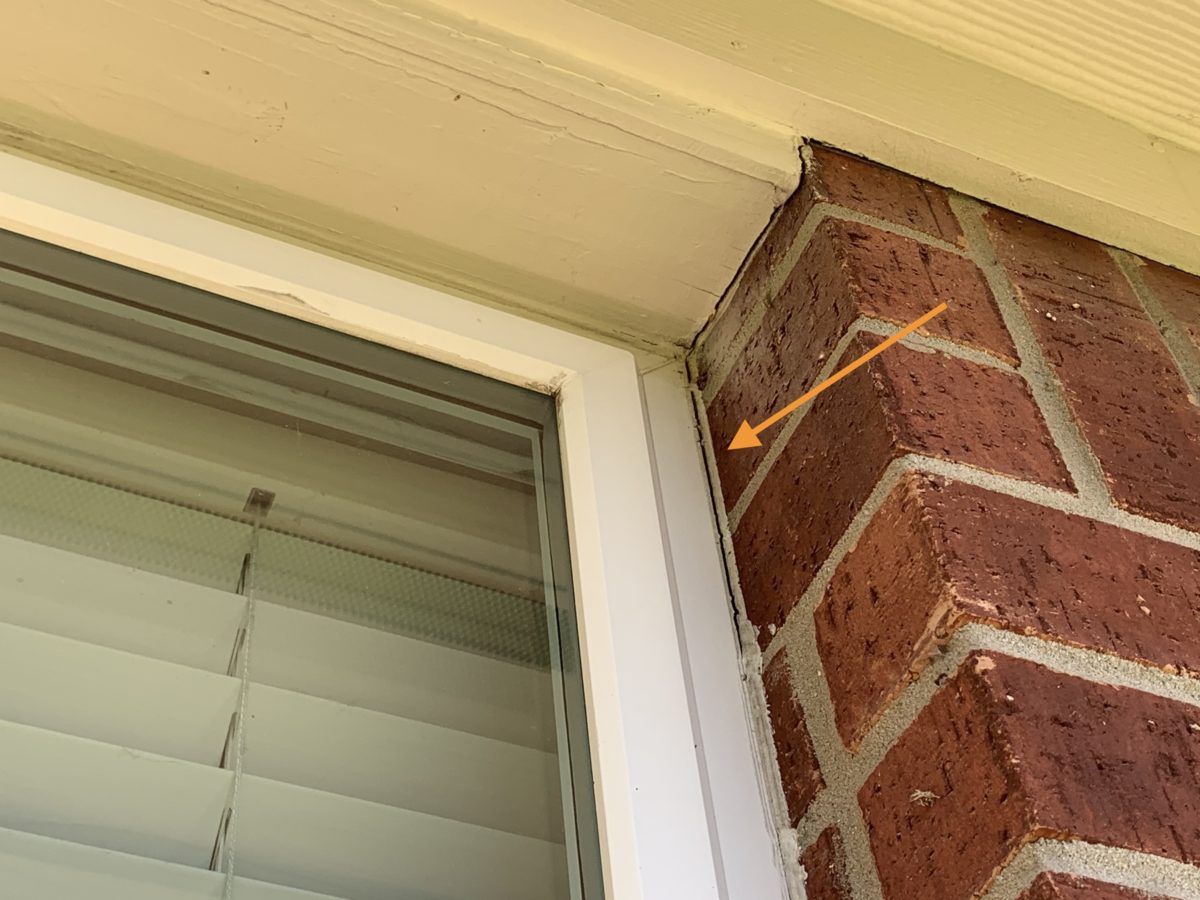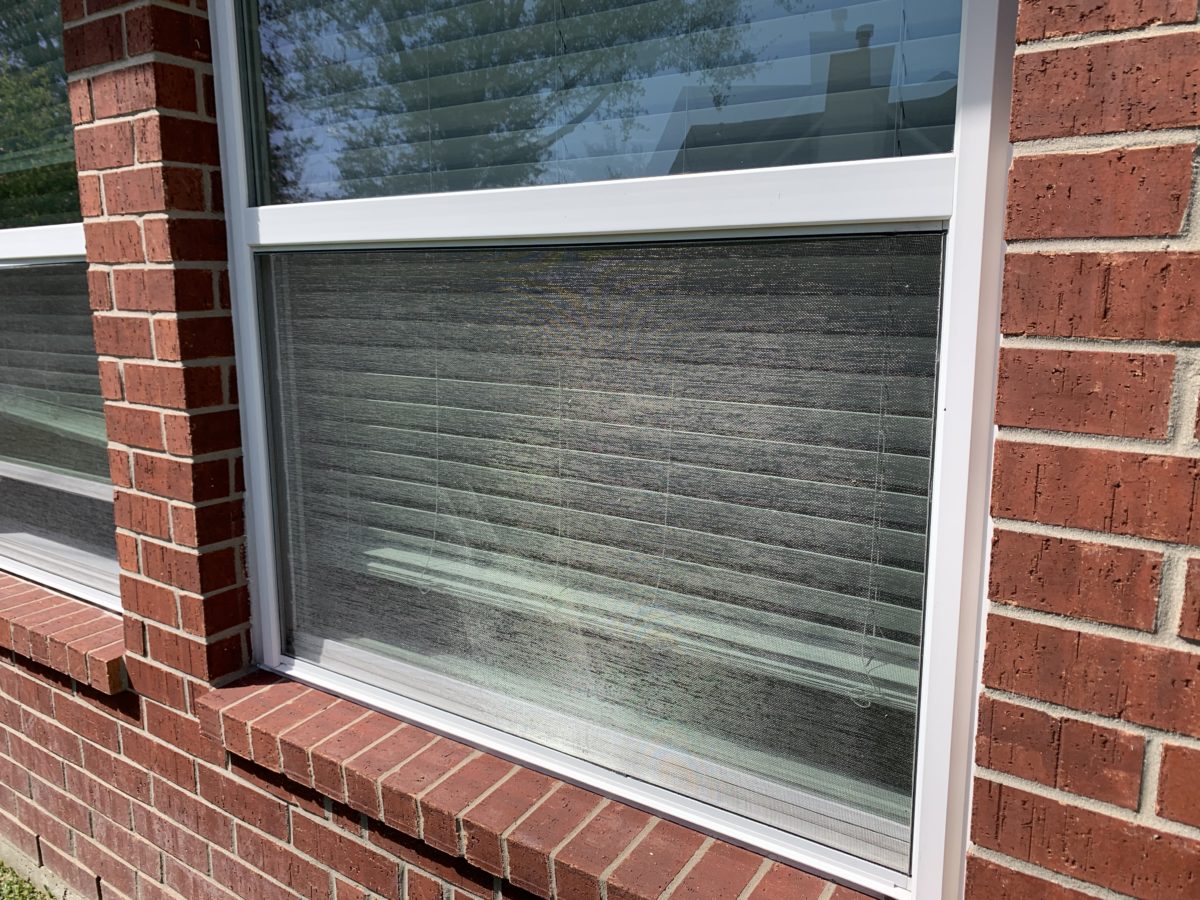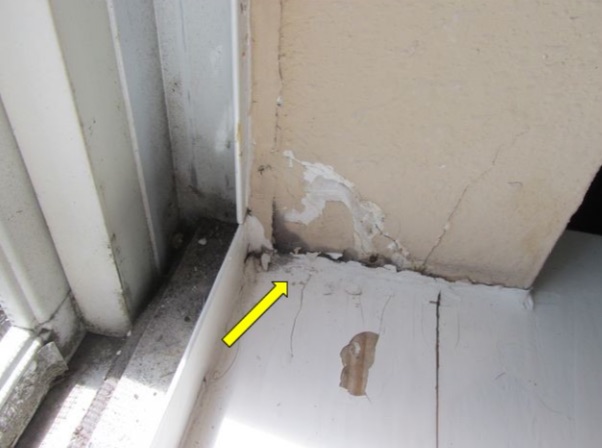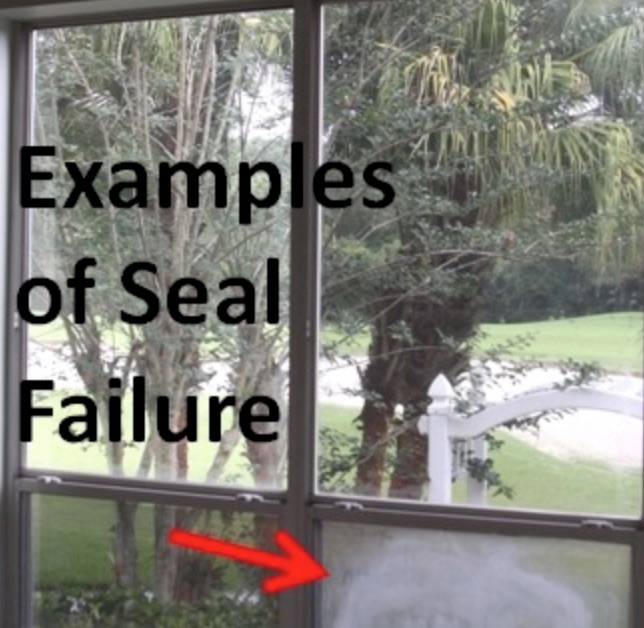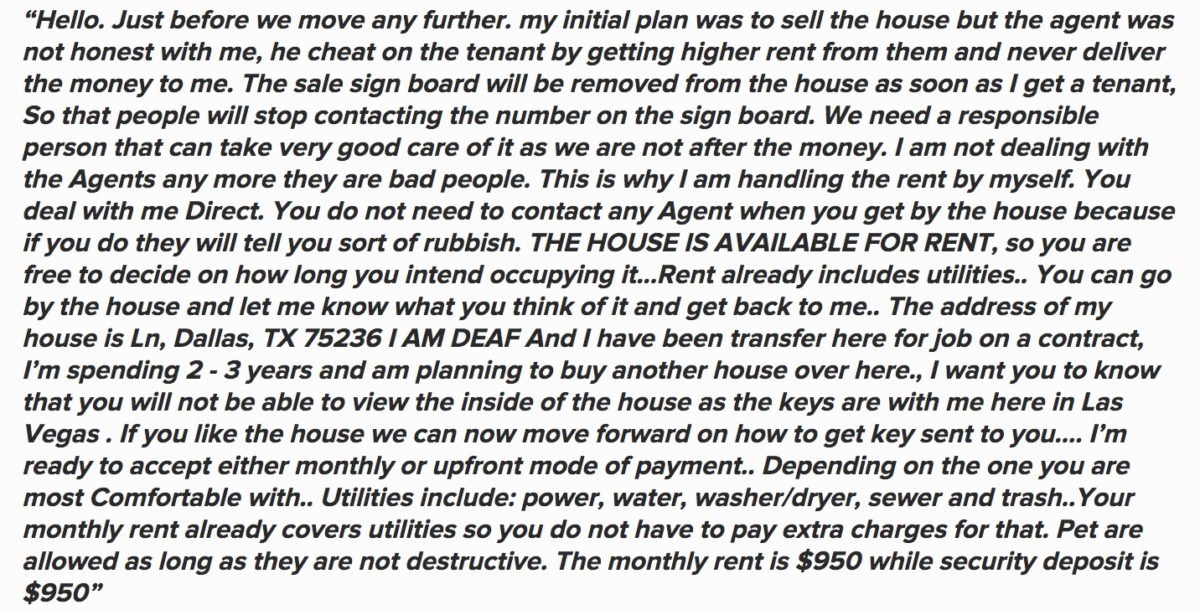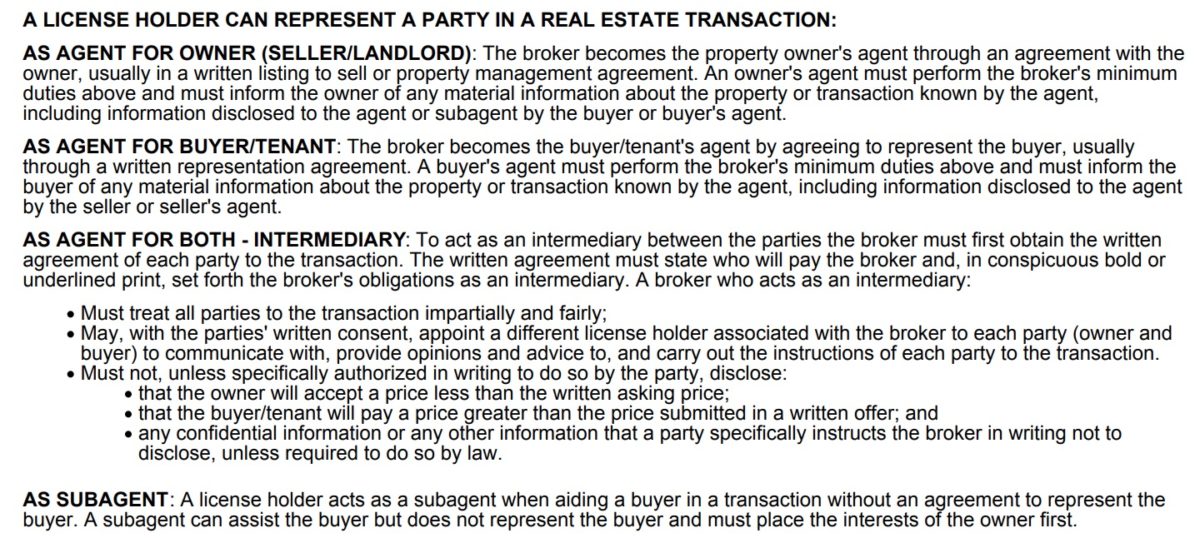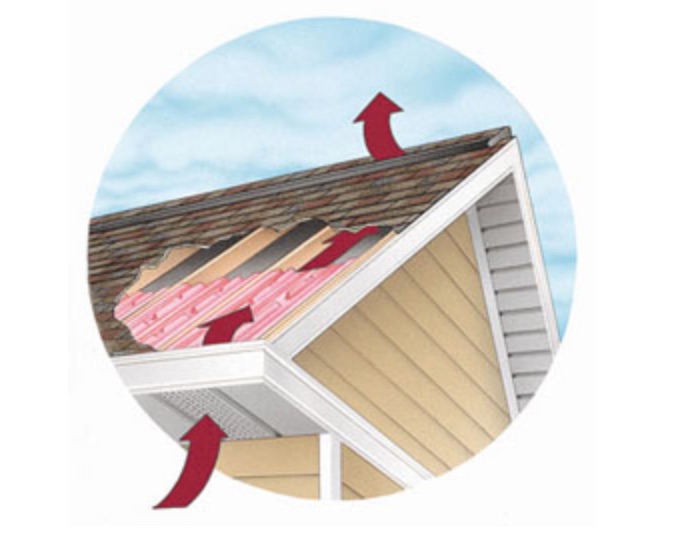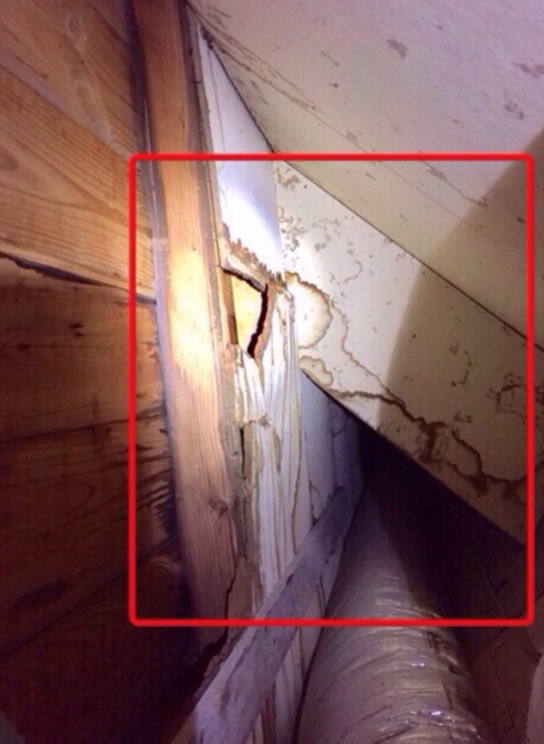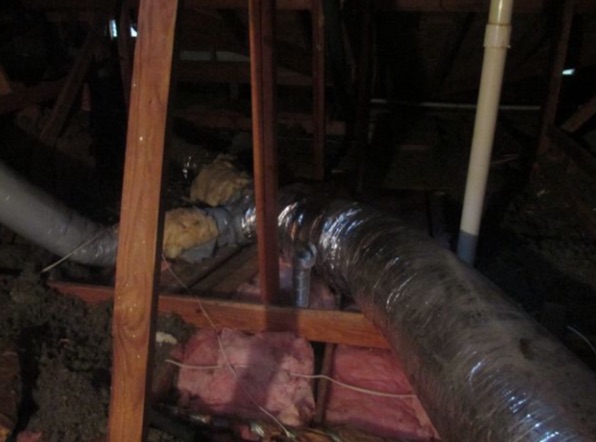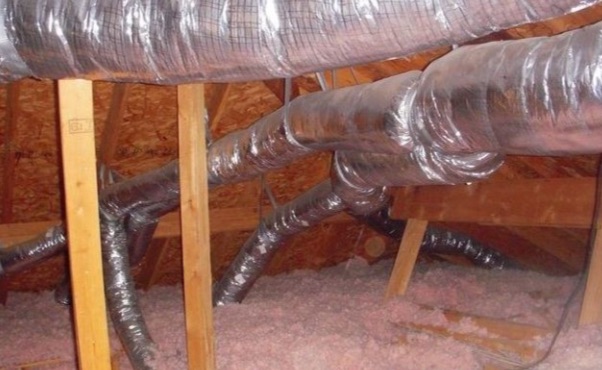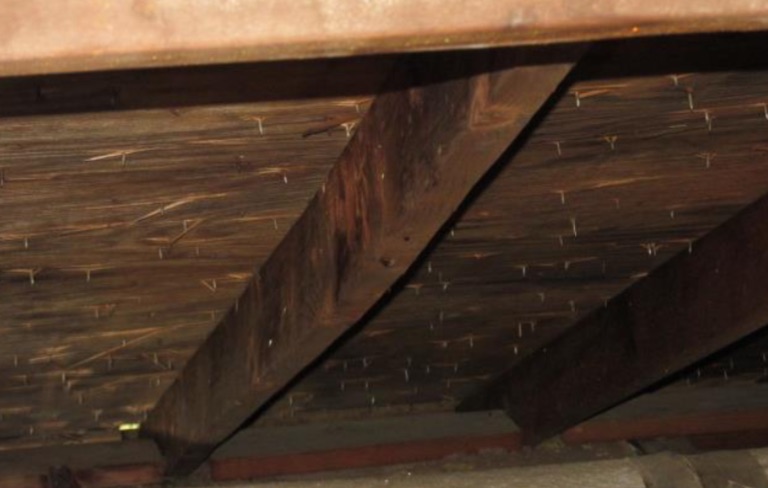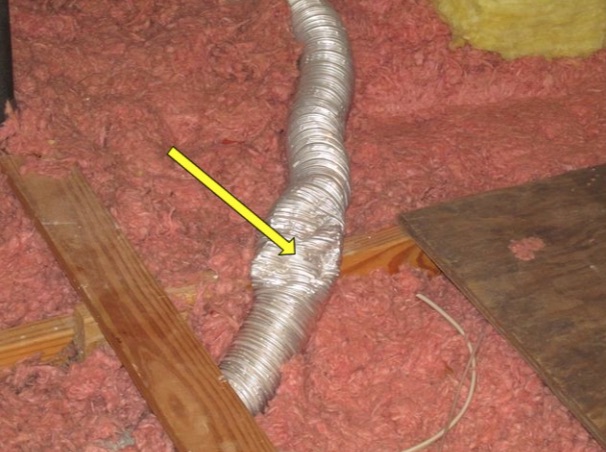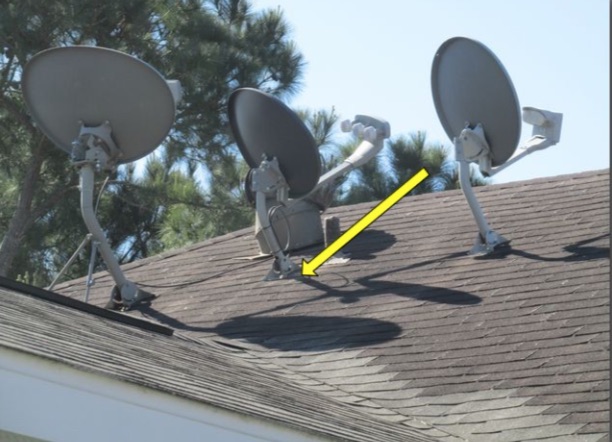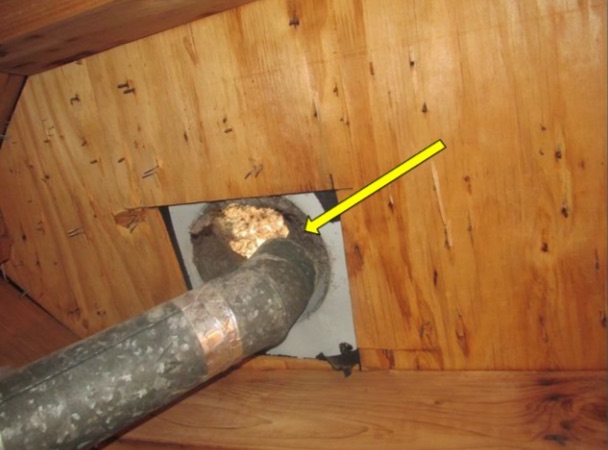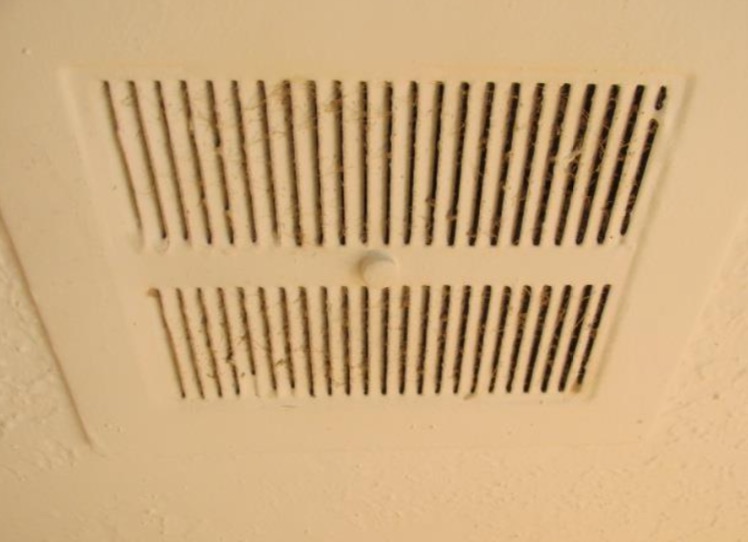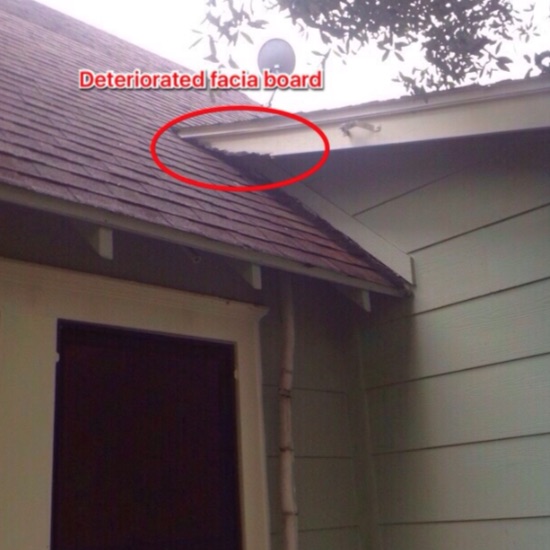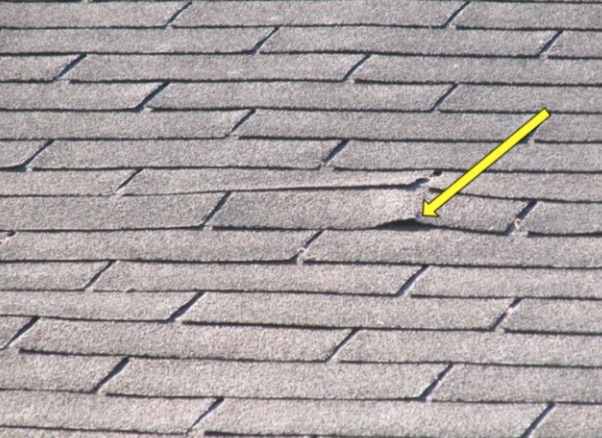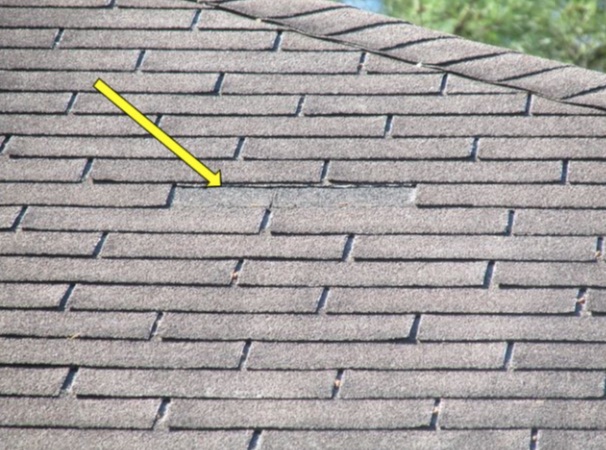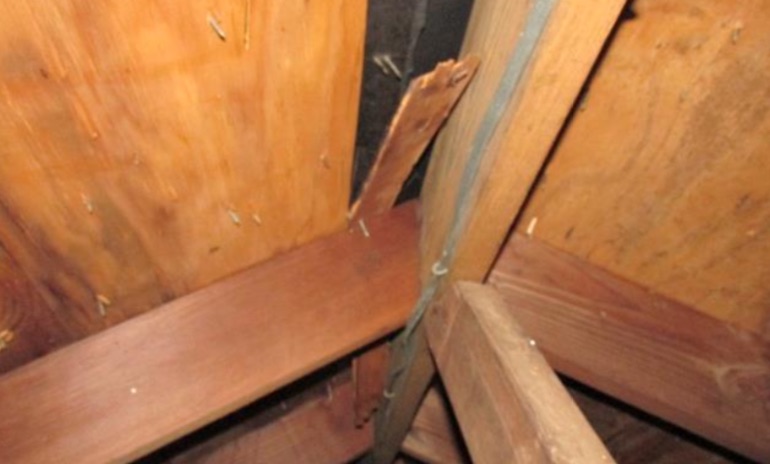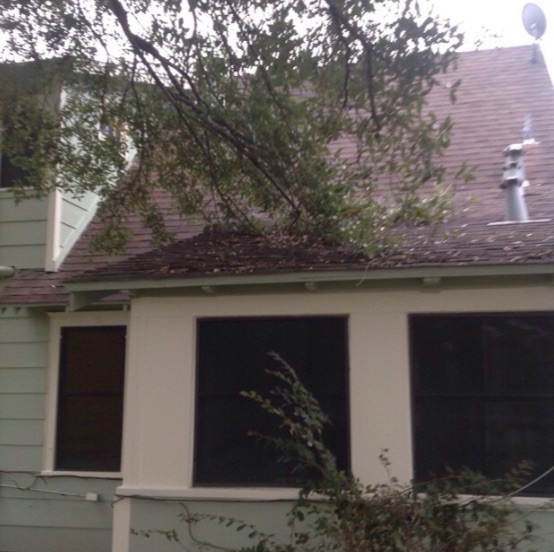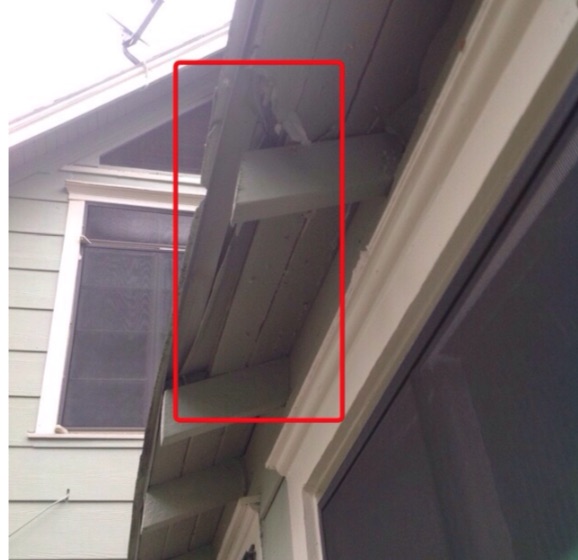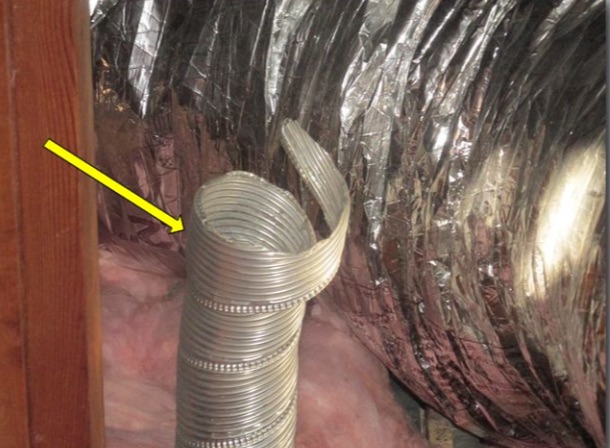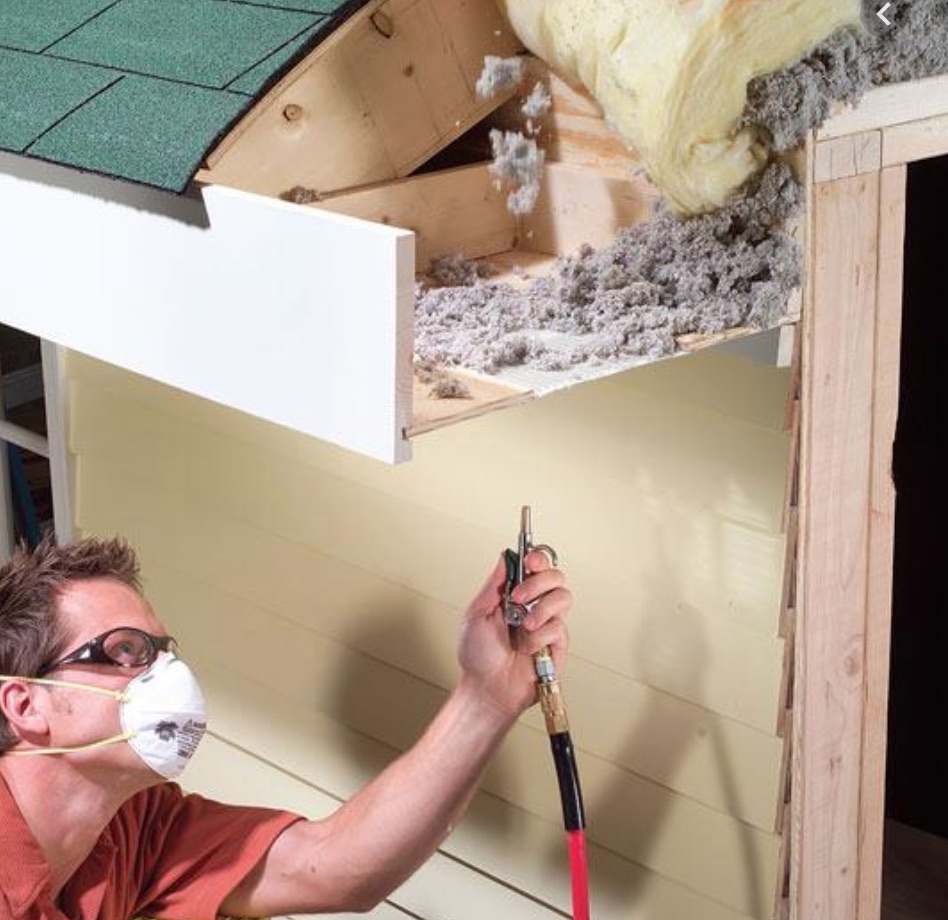With all us buying more than usual these days we might find ourselves throwing food away that will be expiring soon or getting a little too ripe. There are ways to minimize waste and save some of these items. You can save this food with a little prep and freezer space. Below you will find a list of items that freeze very well.
Freezing Instructions

Produce
Almost all produce can be frozen. Here are some that freeze particularly well. See link below for instructions. I typically diced up the produce before I freeze. This is great for produce that is getting a little too ripe.
Here is a list of produce the freezes the best
- Asparagus
- Avocado (peeled, sliced or pureed with a little lemon/lime juice, perfect for guacamole)
- Berries
- Broccoli
- Brussels sprouts
- Carrots
- Cauliflower
- Corn
- Grapes
- Greens (including spinach, kale and collards)
- Green beans
- Mangos
- Melon (cut in chunks)
- Mushrooms (whole or sliced)
- Okra
- Onions
- Peaches (peeled, sliced)
- Peas
- Peppers
- Pineapple (chunks)
- Potatoes (cooked or raw)
- Pumpkin
- Squash (summer squash, zucchini, and all winter squashes)
- Strawberries
- Sweet potatoes (cooked or raw)
- Tomato (I dice the tomatoes before freezing and used them in cooked meals)
Produce that freezes but don’t hold up as well
- Cabbage (will be soggy once it unthaws but it can be used in cooked dishes)
- Celery (same as cabbage)
- Garlic (frozen in oil works best)
- Herbs I blend the herbs with water or oil and pour the mixture into ice cube trays to freeze. Ginger works really well in this manner.
- Overripe bananas, peeled and diced (great for smoothies, sorbets and baking)
- Apples (treat with a little lemon juice, great for baking. You can also make apple sauce and freeze it in this manner)

Don’t like plain water?
Frozen Ice cubes with produce and/or herbs are a great option to flavor water and keeps your beverage cool.

Grains and Nuts
These items last much longer in the freezer due to the higher fat content. In fact, the fats will go rancid much quicker at room temperature.
- Nuts (this also includes nut flours)
- Seeds
- Flours

Baked Goods and Dough
Most baked goods will freeze really well.
BAKED GOODS:
- Biscuits
- Brownies
- Cakes (frosted or unfrosted)
- Crackers (saltines remain perfectly fresh once opened)
- Tortillas
- Muffins
- Cookies (cookies or raw in small balls)
- Sweet breads like banana bread
- Donuts
- Pie (no meringue topped pies)
- Yeast breads
Most unbaked good will freeze well but it should be portioned in advance.
Cookies: I used a small scoop to portion the cookies and I freeze them in scoops. They can be taken from the freezer to the oven. No need to unthaw.
Yeast Dough: It’s best to pre-portion before you freeze if they will be rolls. If it’s a loaf, leave it whole.
Sweet dough: Cake batters can be frozen. It will need to be unthawed before it’s baked.
Pie crust: freeze very well whole or blind baked.
ZERO WASTE

Meats
Raw: Most meats can be frozen in its raw state. Unthawed and cooked as usual.
Cooked: Cooked meats freeze very well. I typically portion the cooked meats into individual portions and take them out as needed. These work great in casseroles.
Cooked or Raw Bacon: Bacon freezes well both raw and frozen. In its raw form, I normally diced it up before I freeze. This makes it super easy to take out only what you need for a recipe.
Other Items
- Wine: Do you have left over wine? If so freeze it in ice cube trays. These cubes can be put into cooked dishes.
- Sauces: Most sauces can be frozen and unthawed when ready to use. Think: tomato sauce, pesto, gravy, glazes, etc. Creamed based sauces don’t do well in the freezer.
- Cooked Pasta: Place the pasta in a large freezer baggie and flatten it out before freezing. Unthaw as needed.
- Casseroles: Almost all casseroles can be prepped in advance and frozen in an oven safe container. Think: Enchiladas, Lasagna, King Ranch Casserole, etc.
- Fried foods can be frozen after they are fried. It’s best to reheats these in the oven to get them crispy.
- Rice can be frozen and microwaved when ready to eat. Add a little water to create some steam.
- Butter freezes perfectly. Just unthaw as needed. The high fat content makes this product last longer frozen
- Block Cheeses freeze very well and last much longer in the freezer. It’s also a little easier to grate when it’s slightly frozen. Hard or semi hard cheese freeze better than softer cheeses like fresh mozzarella.
- Eggs will freeze well separated and wished together. It’s best to portion the eggs out before you freeze so it’s easier to use in the future. These are best unthawed and used in baked good.
- Citrus juice can be frozen in ice cube trays to later be used in recipes or drinks. The zest can be frozen as well to be used in future recipes.
- Milk may become grainy after frozen and unthawed so it’s best for cooking and baking rather than drinking. Freeze in ice cube tray, for easy use in the future. Make sure to thaw the milk in the refrigerator.
- Yogurt freezes well but the texture changes a bit once it’s unthawed. Eat it frozen for a cold treat.
- Cooked beans freeze perfectly
- Soups, stews and chili freezes very well once cooked.
- When prepping for a meal, freeze the produce straps and meat bones for future stock preparation.
- HB 402 – 2025 – Relating to the purchase of or acquisition of title to real property by certain aliens or foreign entities.
- HB 371 – 2025 – Relating to the admission to public schools of children unlawfully present in the United States and the eligibility of those children for the benefits of the available school fund and Foundation School Program.
- HB 243 – 2025 – Relating to the authority of the attorney general to acquire by eminent domain certain real property owned by aliens or foreign entities
- HB 232 – 2025 – Relating to the determination of resident status of students by public institutions of higher education.
- HB 191 -2025 – Relating to the purchase of or acquisition of title to real property by certain foreign entities




